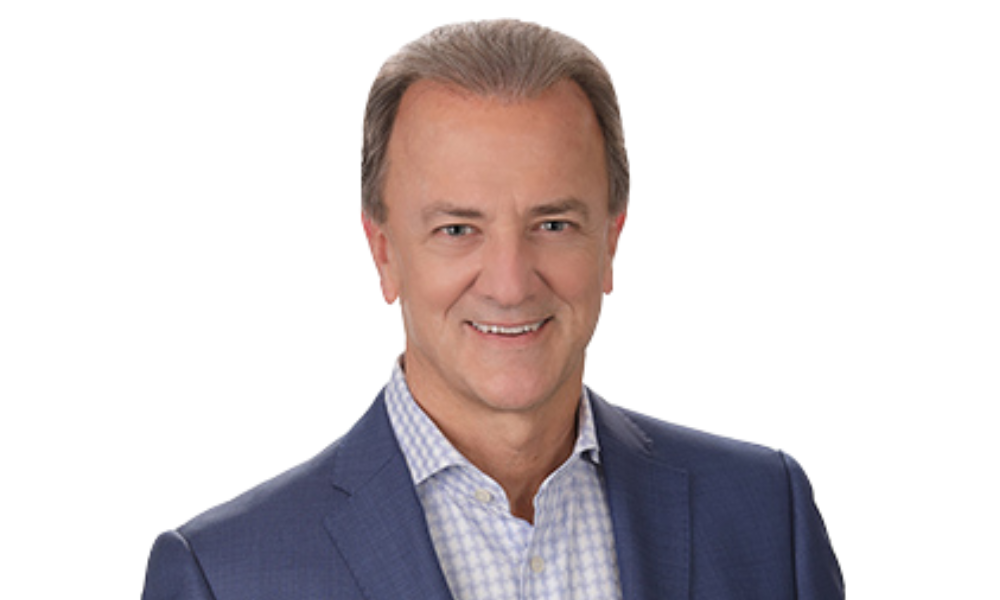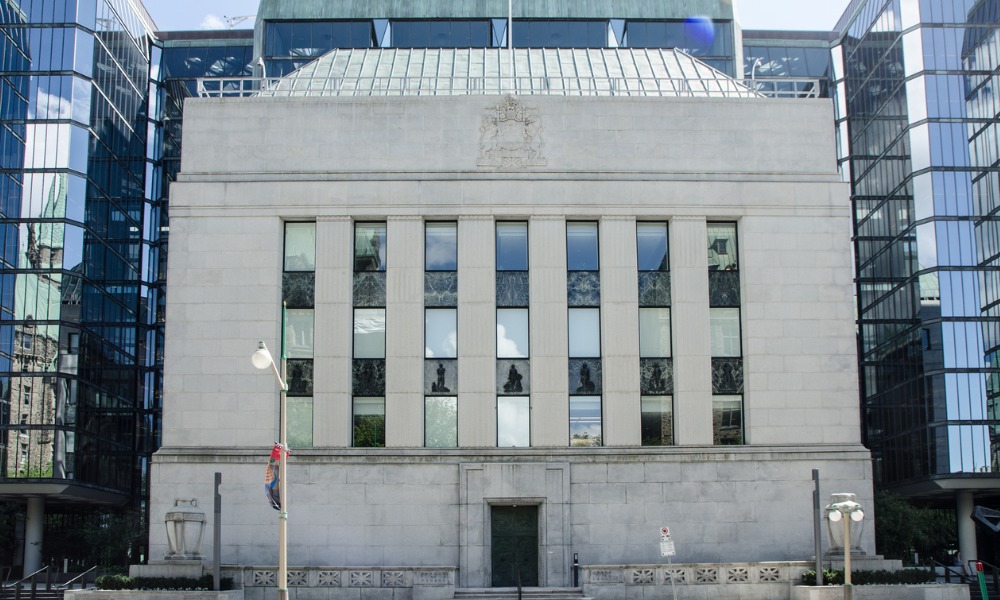They face unique domestic risks, but also have to consider a broader perspective

Given their proximity as North American neighbours, investors in the US and Canada may have similar sensibilities. But sector concentrations, currency risks and a macro perspective are all important considerations that Canadian investors should keep in mind, according to one prominent investment strategist.
“The main difference for a Canada-domiciled investor is that your domestic investments are very different than your US investments,” said Forstrong president and chief investment officer Tyler Mordy in an interview with ETF.com.
“A lot of the exposures that Canadian investors would have are invested in banks and energy stocks. Conversely, in the US, obviously you've got a much more diversified stock market.”
He went on to say that Canadian investors are “in a currency block that is incredibly volatile,” which means investing outside their home country entails a significant amount of currency risk. Still, that same risk could be turned into an opportunity.
“We believe currencies are very similar to any other asset class, like stocks and bonds,” Mordy said. They can be over-loved and overvalued, or under-loved and undervalued — which opens the door for managers of an actively hedged ETF to go long or short on a currency.
When asked about the importance of a macro perspective for Canadian investors, he noted Canadians’ tendency to become overly fixated on their own investments, such as oil-sands or big-bank stocks. That could lead them to underestimate macro influences from outside the country that could overshadow their ability to pick stocks in Canada.
“[T]here have also been some rumblings about globalization going into reverse,” Mordy said. “That may be true at the margin, but over the last 30 years, world trade has expanded across borders, flows have expanded, and we've become intricately linked with each other.”
Commenting on economic growth around the world, Mordy said that investors’ views were for a long time coloured by the 2008 financial crisis; recency bias, he said, created a risk-averse market that was relatively indifferent to policy responses such as quantitative easing.
“Now we’re in a period where risk aversion is lifting, and everyone is getting more confident with the outlook for the global economy,” Mordy said. “The US recovered much more quickly than most other countries did … that growth is now being handed over to the rest of the world, most notably in Europe and emerging markets in Asia. And we see that continuing for the next year or two there.”



